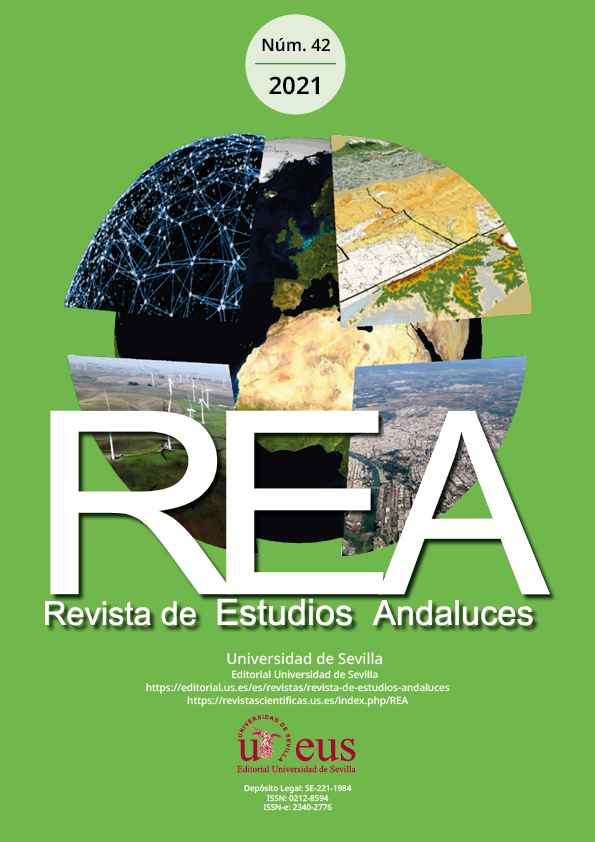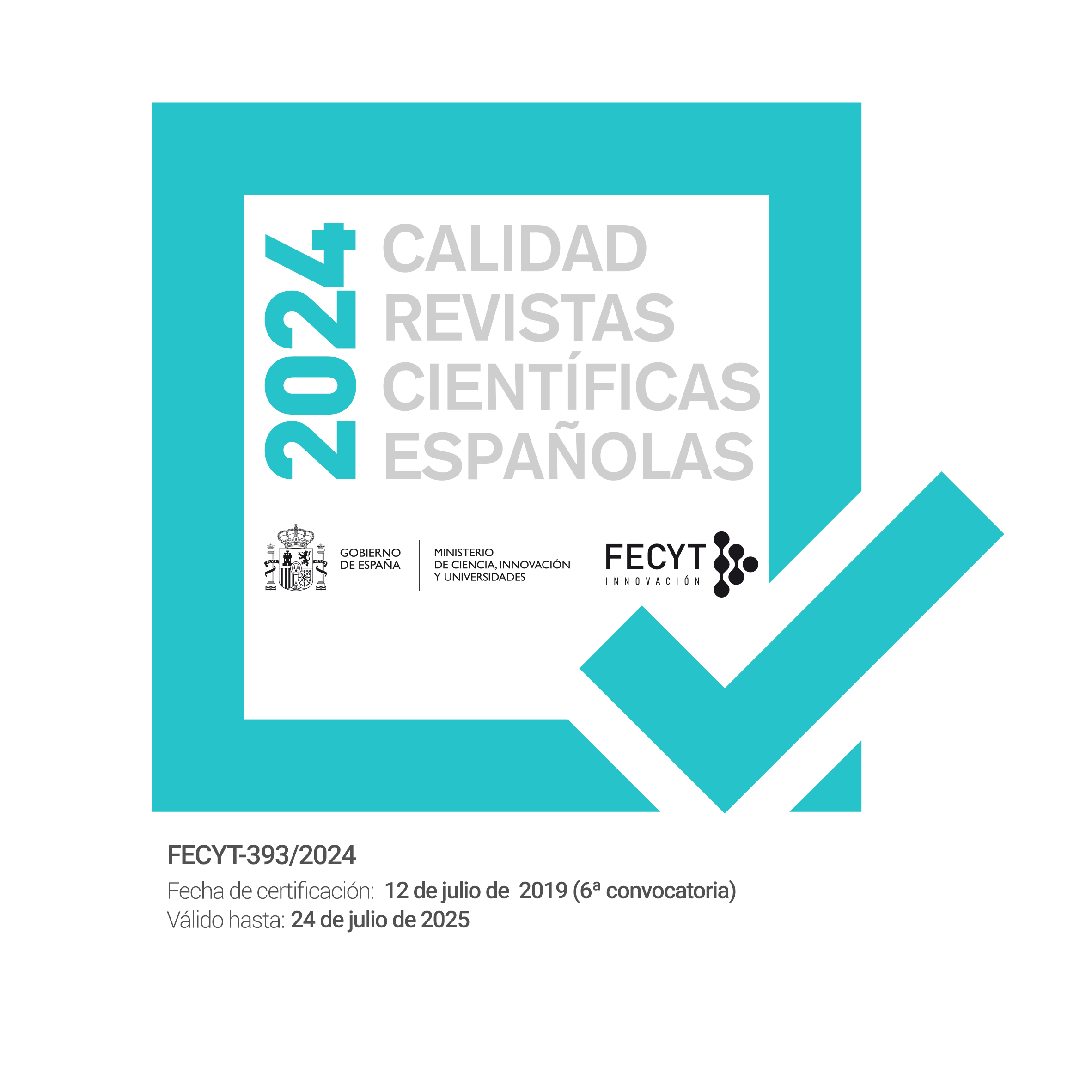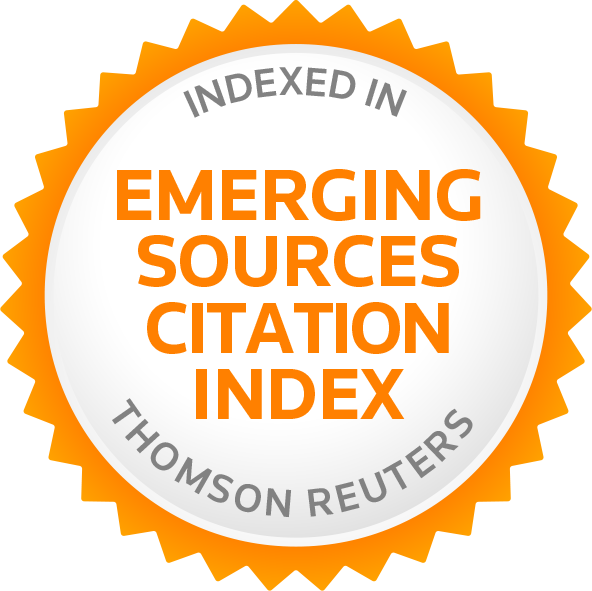A non-compensatory time analysis of material deprivation in the EU
Palabras clave:
Deprivation, Quantitative method, AMPI, Composite indicator, EuropeResumen
The financial and economic crisis that hit Europe since 2009 has highlighted the need to measure more effectively the impact that certain exogenous shocks can have in the social field. In order to fill this gap and to provide a statistical tool useful to measure phenomena evolving over time, we perform a non-compensatory time analysis of material deprivation in Europe by using the quantitative method known as Adjusted Mazziotta and Pareto Index (AMPI). Material deprivation is a proxy to identify the most suffering groups of people in a specific environment. We consider the material deprivation as the sum of economic stress and forced lack of durable goods. Using Eurostat EU-SILC data, we aim at determining which countries have suffered the most material deprivation and identifying clusters of deprivation. We also determine how material deprivation is evolved over time, from 2005 to 2019. Subsequently, through Influence Analysis, the robustness of the index obtained is evaluated. Our results show that the material deprivation gap between Eastern and Mediterranean countries and all the remaining countries, which already existed before the economic crisis, seems to have widened in the years up to 2015.
Descargas
Descargas
Publicado
Cómo citar
Número
Sección
Licencia
Derechos de autor 2021 Revista de Estudios Andaluces

Esta obra está bajo una licencia internacional Creative Commons Atribución-NoComercial-SinDerivadas 4.0.
La edición electrónica de la Revista de Estudios Andaluces se ofrece en acceso abierto desde el número 28 publicado en 2011 hasta la actualidad. Las ediciones impresa y electrónica de esta Revista son editadas por la Editorial de la Universidad de Sevilla, siendo necesario citar la procedencia en cualquier reproducción parcial o total.
La Revista de Estudios Andaluces no cobra tasas por el envío de trabajos, ni tampoco cuotas por la publicación de sus artículos. La Revista es gratuita desde el momento de la publicación de cada número y sus contenidos se distribuyen con la licencia “CreativeCommons Atribución-NoComercial-SinDerivar 4.0 Internacional” , que permite al usuario de la Revista de Estudios Andaluces criterios que cumplen con la definición de open access de la Declaración de Budapest en favor del acceso abierto. Puede consultar desde aquí la versión informativa y el texto legal de la licencia. Esta circunstancia ha de hacerse constar expresamente de esta forma cuando sea necesario.







